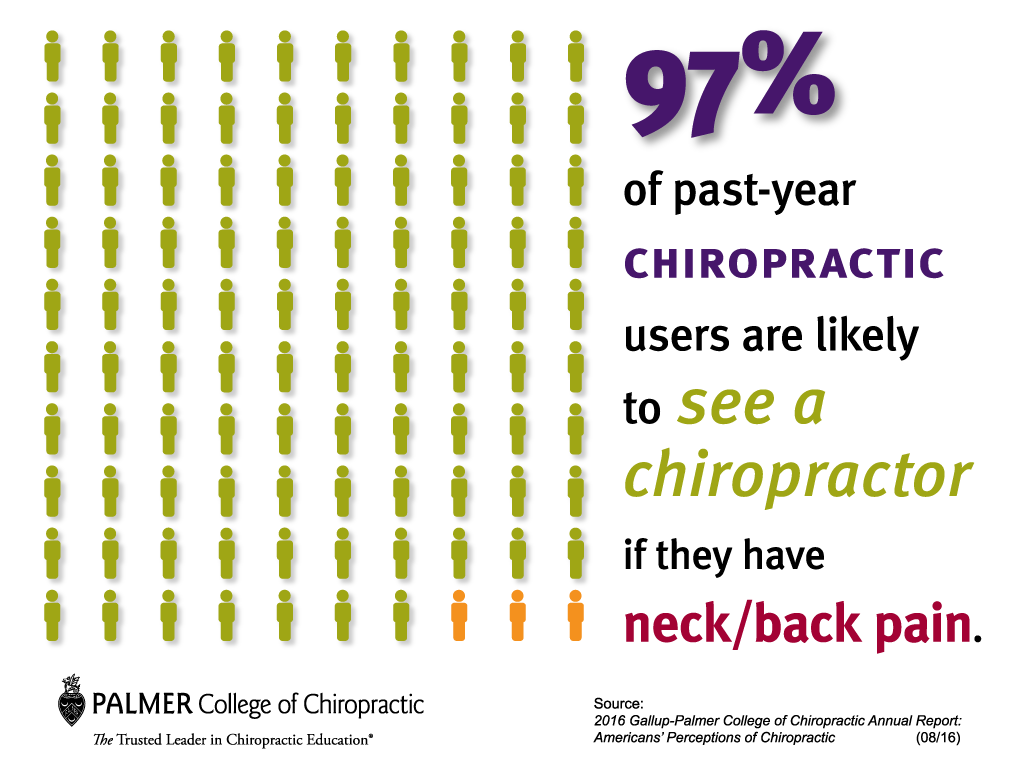Prepare Yourself To Explore The Remarkable Cellular Interactions Of Cold Laser Therapy And Its Usage Of Light For The Purpose Of Healing. Dig Additionally Right Into The Realm Of Scientific Research!
Prepare Yourself To Explore The Remarkable Cellular Interactions Of Cold Laser Therapy And Its Usage Of Light For The Purpose Of Healing. Dig Additionally Right Into The Realm Of Scientific Research!
Blog Article
Published By-Krog Pedersen
You may have come across cold laser therapy as an appealing treatment choice for numerous problems, however have you ever wondered how it in fact services a cellular level? Recognizing the mechanisms behind this therapy can clarify its effectiveness in promoting recovery and minimizing swelling. By discovering the science behind cold laser treatment, you'll get understandings right into the remarkable methods which light can influence mobile procedures and promote cells repair service.
Exactly How Cold Laser Therapy Functions
To recognize just how cold laser therapy works, you require to comprehend the fundamental concepts of just how light power connects with biological cells. Cold laser therapy, likewise referred to as low-level laser treatment (LLLT), makes use of particular wavelengths of light to permeate the skin and target hidden cells. Unlike wohoo wellness utilized in surgeries, cold lasers emit low levels of light that don't generate heat or create damages to the cells.
When these mild light waves reach the cells, they're soaked up by parts called chromophores, such as cytochrome c oxidase in mitochondria. mouse click the up coming post of biological responses, including raised mobile power production and the launch of nitric oxide, which boosts blood flow and minimizes inflammation.
Additionally, the light energy can additionally boost the manufacturing of adenosine triphosphate (ATP), the power currency of cells, aiding in cellular repair work and regeneration processes.
Basically, cold laser treatment uses the power of light power to advertise healing and reduce discomfort in a non-invasive and gentle manner.
Mechanisms of Activity
How does cold laser therapy in fact work to generate its therapeutic effects on biological cells?
Cold laser treatment, likewise called low-level laser therapy (LLLT), operates via a procedure referred to as photobiomodulation. When the cold laser is applied to the skin, the light power penetrates the cells and is taken in by chromophores within the cells.
These chromophores, such as cytochrome c oxidase in the mitochondria, are after that stimulated by the light power, bring about a waterfall of organic responses. One key mechanism of activity is the enhancement of cellular metabolism.
The absorbed light power raises ATP manufacturing in the mitochondria, which is important for mobile function and repair work. Additionally, cold laser therapy assists to lower swelling by inhibiting inflammatory arbitrators and promoting the release of anti-inflammatory cytokines.
This anti-inflammatory effect adds to pain relief and tissue healing.
Therapeutic Impacts
Recognizing the therapeutic impacts of cold laser therapy involves recognizing how the improved cellular metabolism and anti-inflammatory properties add to its favorable results on organic tissues.
When the cold laser is put on the affected location, it boosts the mitochondria within the cells, leading to increased production of adenosine triphosphate (ATP), which is important for mobile feature and fixing. This increase in mobile energy increases the healing process by promoting cells regeneration and lowering inflammation.
Moreover, the anti-inflammatory buildings of cold laser therapy help to decrease discomfort and swelling in the targeted area. By preventing inflammatory arbitrators and promoting the release of anti-inflammatory cytokines, cold laser treatment help in relieving pain and boosting the overall recovery feedback.
This reduction in inflammation not just offers immediate relief but additionally supports long-term tissue fixing.
Final thought
Finally, cold laser therapy functions by stimulating mobile repair work and tissue regeneration via photobiomodulation. continue reading this -inflammatory homes supply pain alleviation and reduce swelling by hindering inflammatory conciliators.
This treatment uses a detailed method to healing, delivering both immediate relief and long-lasting tissue repair benefits.
With its mechanisms of activity, cold laser therapy confirms to be an efficient and appealing therapy option for a selection of conditions.
